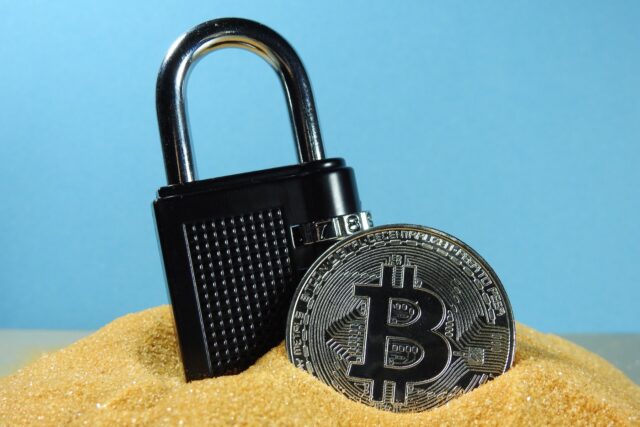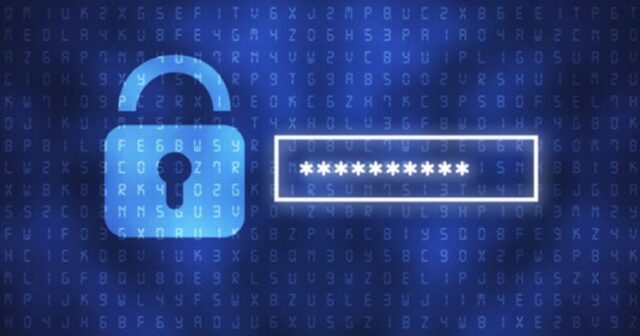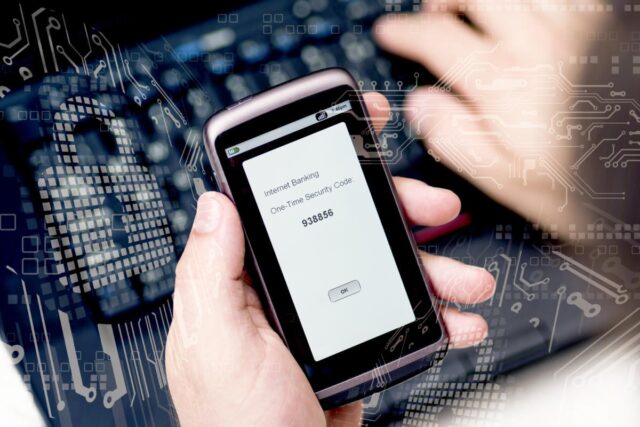
Cryptocurrencies are digital assets that can help you take control of your finances. But as with any new technology, there are certain security measures that need to be taken in order to protect yourself from potential thieves.
In this article we’ll cover some simple tips that will help keep your wallet safe and secure:
1. Use a Hardware Wallet
One of the most effective ways to keep your cryptocurrencies safe is to use a hardware wallet. This type of device stores your private key (the equivalent of a PIN for your credit card) on the device itself, and it connects to your computer via USB. This means that even if someone were to steal your laptop or smartphone, they wouldn’t be able to access any funds stored in the wallet.
Although these wallets are more secure than software wallets and less expensive than paper ones, they aren’t as convenient as online solutions. First of all, you’ll need to plug them into an internet-enabled computer every time you want to send money out of them or check up on current balances.
Additionally, there’s also the risk of your hardware wallet getting lost or misplaced. So, make sure to have backups ready.
Visit this website to find out more about crypto hardware wallets with low fees: https://blog.tezro.com/crypto-wallets-with-lowest-fees/
2. Keep Your Private Keys Private

Private keys are a string of alphanumeric characters that are used to access your crypto wallet. They’re stored on an offline device, but if you lose that device or it gets stolen, you could lose access to your funds forever.
The only way to get new coins from a cryptocurrency is by having the private key or seed phrase for the specific address (public-private cryptography system) associated with those coins. Having private keys means you have custody of your crypto assets, so it’s important to take measures to protect them from potential thieves
This is similar to how we use passwords to log into our online banking accounts. If someone had access to your bank account and knew what your password was, they could transfer money out of it without anyone knowing about it until after the fact.
Similarly, if someone knows both your username/password combination and has access to your private keys (the equivalent of having physical possession over them), they could potentially steal all of the contents in that account without being detected until later
3. Make Sure Your Backups are Safe
The first step to protecting your crypto wallet is making sure that you have a backup. If you don’t, the chances of retrieving stolen funds are slim.
The next step is checking your backup to make sure it hasn’t been tampered with or corrupted in any way after being stored on a computer or device that had malicious software installed on it.
You can do this by using a program like PhotoRec, which allows you to recover files from hard drives and removable drives by scanning the entire storage device for all possible file formats.
The program creates an image of the original drive so that it can be used as a reference when recovering data, making it easier for users to pinpoint which files were deleted or corrupted over time.
4. Use A Strong Password

A strong password is one that’s at least 12 characters long and contains a combination of letters, numbers, and special characters like exclamation marks or dollar signs. If you have trouble remembering random strings of characters, it’s a good idea to use a password manager like LastPass or 1Password to generate them for you.
There are also some guidelines on what not to use when creating your passwords. These include never using personal information such as your name, birth date, or address in any form, and avoiding the same password for all of your accounts.
Finally, never write down your passwords at any time. This is because you’ll never know who may be watching you or snooping around.
5. Don’t Access Your Wallet Over Public Wi-Fi
It’s important to remember that you should never access your wallet over public Wi-Fi. The best way to keep your cryptocurrency safe is not to connect it to a network that you don’t trust. We recommend connecting to the internet through a VPN or on-site connection, rather than public Wifi when possible.
And if you can help it, avoid free WiFi like the plague. This is because it comes with many risks and no benefits, so we recommend avoiding them all together if possible!
6. Enable Two Factor Authentication (2FA)

Two-factor authentication (2FA) is a security feature that requires you to enter a second form of identification before logging into your account. This can come in the form of an SMS code or access to your phone as well as your password.
If you have 2FA enabled, an attacker will not be able to log into your crypto wallet without both pieces of information—the password and a one-time code generated by the 2FA app on their phone.
7. Enable Alerts on Transactions and Funds Movements
You can set alerts for specific events, such as when a transaction is made from an address you don’t recognize or when funds are moved out of certain addresses.
This is useful for tracking large transfers of cryptocurrency, which may be indicative of a hack or other unauthorized movement of funds. If your wallet software supports it, you can also configure alerts for specific transactions and transfers within specific wallets or addresses.
8. Understand the Difference Between Public and Private Keys
While having a public key can be good for receiving crypto assets, it’s important to remember that they are not the keys to accessing your wallet. The only way you can access and use your crypto assets is through private keys.

Private keys are long strings of numbers and letters that represent a unique identifier for each token in your wallet. They’re like master passwords: anyone who has them has full access to the funds located on the blockchain associated with those tokens.
If someone else gains possession of these private keys, they can send all of the funds stored on them anywhere they please — and there will be no way for you or anybody else to stop them!
Conclusion
By following the tips provided in this article, you can protect your crypto wallet from potential thieves and hackers. There are many different types of wallets available, so make sure that you choose one that is right for you.
It’s also important to remember that even if someone steals your private keys or wallet seed phrases, they still need access to your device before they can steal anything. That means keeping your computer or phone secure is just as important as protecting your private keys themselves!












